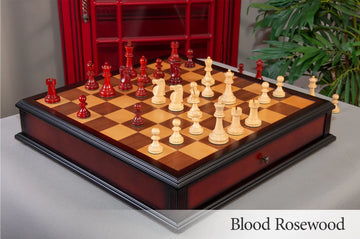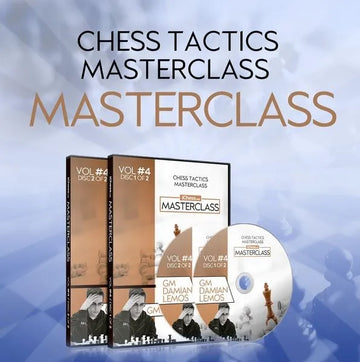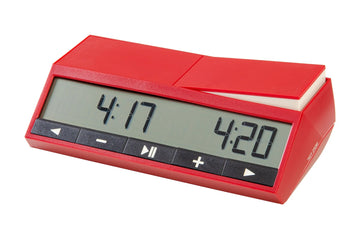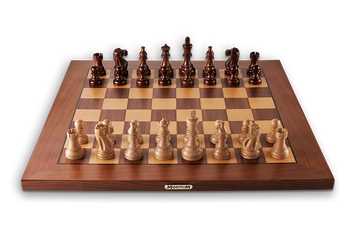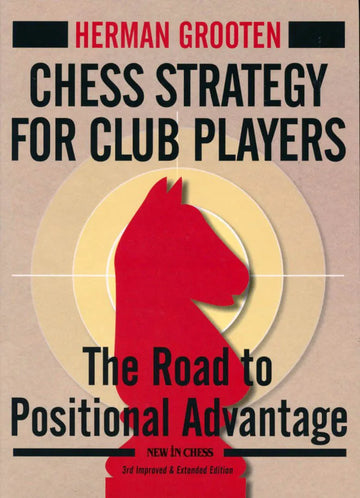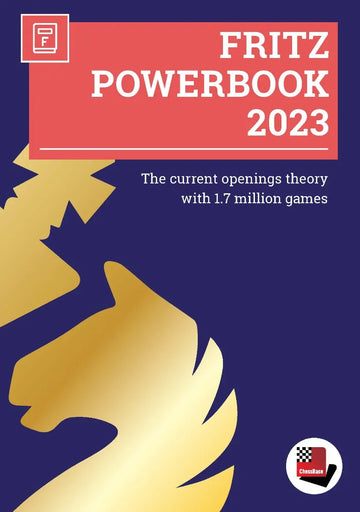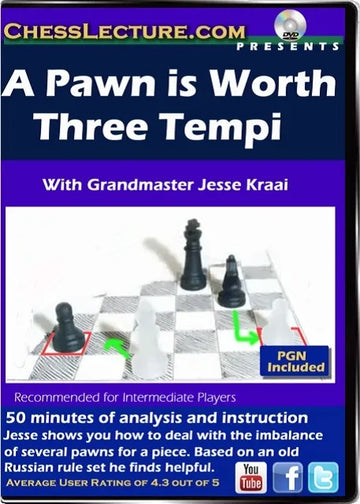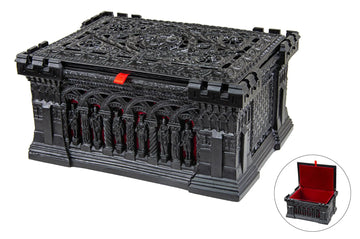Chess Tempo: Make It Work For You
Chess has a set of insider-vocabulary all of its own. Concepts like “waiting move”, “counterplay” and “chess tempo” are important for all serious chess players to familiarize themselves with.
Doing so will not only help you understand what other people are talking about when these phrases are mentioned, but this knowledge will also improve your game.
In this article, we cover the concept of chess tempo.
- What chess tempo means.
- Why it is important.
- Real examples of chess tempo so that you can use it in your own games.

What Is Chess Tempo? Why Is It Important In Chess Strategy?
In chess, as in life, time is of the essence.
There are two aspects of chess where “time” matters:
- Time on the clock. Competitive chess games are always played with a chess clock. This helps keep the game going, and makes sure that both players are allowed equal thinking time when it is their turn to move. Time management is a vital skill in chess.
- Chess tempo. The word “tempo” comes from Italian, which means “time”. However, in chess it refers to moves on the board, rather than time on the clock. In chess, each player takes turns at moving. You must know how many moves are needed to carry out your plans, while also keeping an eye on your opponent and their plans.
You will often hear the phrase “gaining a tempo” in chess commentary. This means that one player has found a way to improve their position with a move that forces their opponent into responding to it, effectively earning an extra move which the first player can use to further improve their position.
For example, if player A can make a move which:
- Improves their position and;
- Creates a threat against player B
Player B will have to use their own move to respond to the threat. Once they do so, player A gets to move again. In effect, player A has been able to move twice, since player B had to respond to player A’s threat rather than make a useful move of their own.
The best way to understand chess tempo is with real examples. Let’s take a look at chess tempo in action.
Example 1: Adding Pieces To The Attack With Chess Tempo
The classic use of chess tempo is to use forcing moves to bring pieces to better squares.
You have probably heard the old dictum: “do not develop your queen too early”. The reason why this generally holds true is that, early in the game, the queen can often be attacked by the opponent’s minor pieces, allowing those minor pieces to develop while the queen retreats. If the queen gets chased around the board with tempo, it can result in a significant development advantage for the other side.
The queen can also become a target of attack later in the game, as was the case in Yusupov vs. Correa, 1985.

White is doing much better in the above position, mainly due to the superior activity of White’s pieces. There are several good moves for White, but Yusupov played the strongest of all: the excellent pawn sacrifice 28. d6!

This move wins a tempo, since Black’s queen is threatened. 28. …Qxd6 is not possible, because White would have a forced checkmate sequence starting with 29. Qf7+.
So, in the game Black captured the other way, with 28. …cxd6, whereupon White’s knight dived into the newly vacated square via 29. Nd5!

At the cost of a mere pawn, White’s knight has joined the attack and gained yet another tempo. Black’s rook and bishop are bystanders, helplessly sitting on their starting squares. Meanwhile, White will have Nc7 or Nf6+ at hand next, depending on where the Black queen moves to.
The game lasted just two more moves before Black resigned - all thanks to White’s clever use of chess tempo!
Related: Learn from two of the greatest chess trainers of all time, with Technique In Chess by Mark Dvoretsky and Artur Yusupov.
Example 2: Respond To Your Opponent's Threat With A Bigger Threat
When your opponent makes a threat, there are a few options:
- Ignore the threat.
- Defend the threat directly.
- Create a bigger threat of your own.
It always depends on the exact position, but in general, it is often better to reply to your opponent’s threats with strong counterthreats, instead of defending the threat directly.
A sub-line from the game Hao vs. Gerber, 2016 illustrates this concept very neatly. Black has just played the aggressive pawn move 21. …b4. It looks very scary for White! The knight on c3 is attacked. Black also threatens 22. …bxa3, ripping apart the defensive pawn cover around White’s king.
However, it is White to play. Can you see how to create a threat that Black must respond to?

With 22. Rh7! White threatens checkmate in one via 23. Qxg7#. Because of this, Black does not have time to carry out any of his threats on the queenside.

It is worth noting that 22. …Nxh7 also fails to prevent 23. Qxg7#. Black’s only way to prolong the game is to run away with the king via 22. …Kf8, but White will soon win anyway, starting with 23. Qxg7+, winning the bishop and starting a forced sequence that should result in checkmate.
Observe how, through the use of chess tempo, White was able to ignore Black’s seemingly dangerous attack. Upon seeing the move 21. …b4, it would have been all too easy for White to panic and react to Black’s threats directly. But by responding to the threat with a bigger threat, White was able to turn the tables and win the game before Black’s blows could land.
Example 3: Losing A Tempo On Purpose
Usually, having the move in chess is useful. A move can be used to create threats, develop a piece to a better square, or improve one’s own position in other ways.
But there are times when players would prefer to skip their move. We call this “zugzwang”, where any move will make the position worse. Since skipping a move is forbidden in chess, zugzwang can be a decisive way to win chess matches - particularly in the endgame.
Our example comes from Alburt vs. Kasparov, 1978. Black has an extra pawn, but the White king is well-positioned to hold off the advance. White is ready to meet 55. …Kf2 with 56. Kf2, and to meet 55. …Ke3 with 56.Ke1, thus preventing the Black king from making progress.

It is Black to move. Kasparov began a maneuver known as “triangulation” with the goal of reaching the same position, but with it instead being White to move.
The game continued 55. …Kf5! 56. Kg1 Ke5 whereupon White resigned, as after 57. Kf1 Ke4!, the same position as originally shown would be reached, but Black having lost a tempo deliberately, thus placing White in zugzwang.

With White to move, White’s king has no choice but to leave the ideal f1 square. Once it does, White will be unable to control the Black king’s invasion.
Related: Improve your endgame technique with Silman’s Complete Endgame Course.
Summary and Next Steps
Understanding chess tempo and how to use it is a vital part of advancing as a chess player.
Strong players calculate chess tempo accurately, so that they can:
- Find ways of improving their position at their opponent’s expense.
- Respond to their opponent’s threats by making greater threats.
- Calculate accurately in the endgame, including using zugzwang if necessary.
When you start thinking about chess this way, every aspect of your game will improve!
If you want more on this vital chess concept, one of the finest books ever written about chess tempo (and attacking chess in general) is Art of Attack in Chess by Vladimir Vuković. It goes into great detail on tempo in chess with dozens of instructive examples drawn from master-level games.


